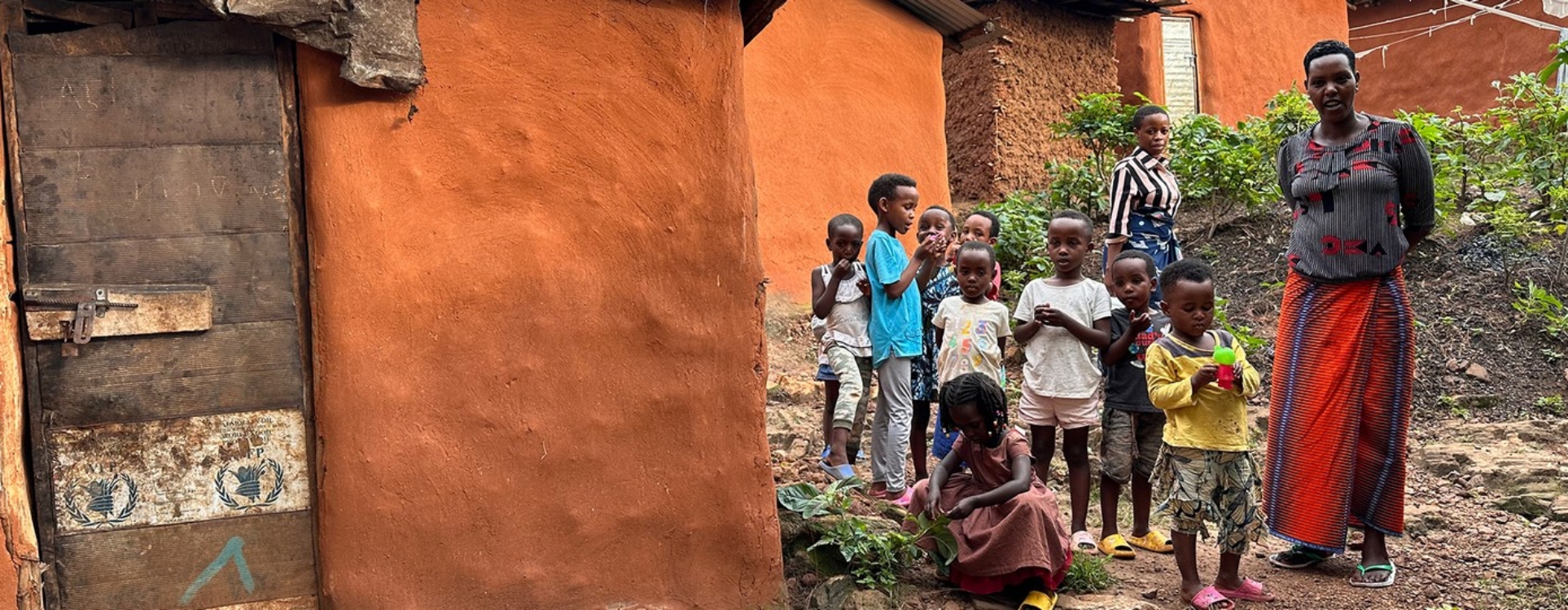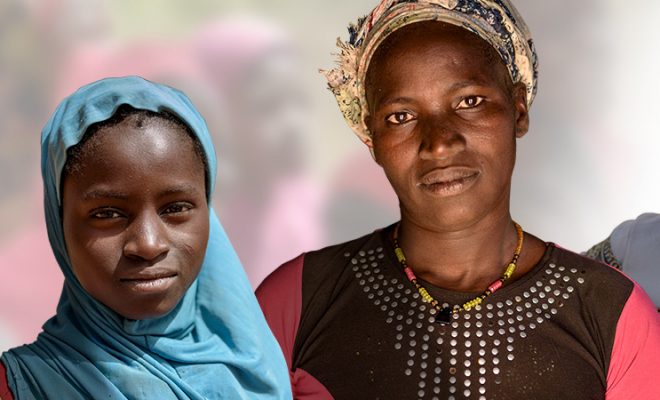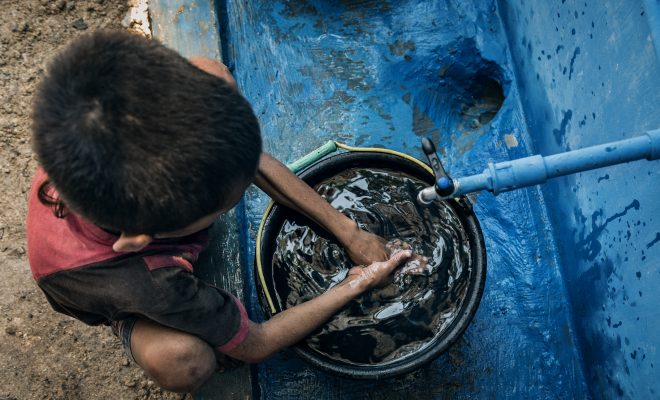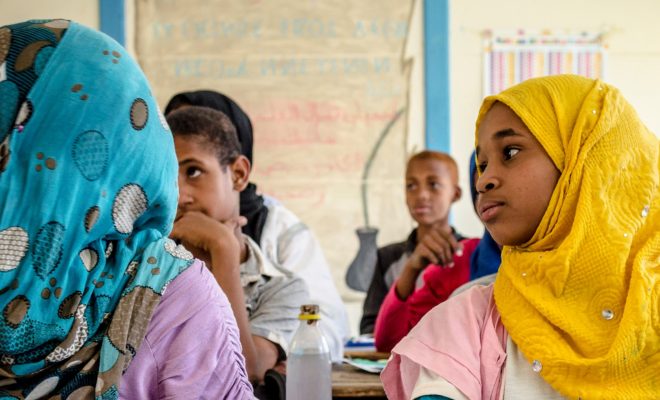“Schools must be a place that children call home,” says Savithri, one of the directors of the Vicente Ferrer Foundation schools, summarizing the essence of educational development in India’s most underserved communities.
We have witnessed this through our aid projects. In the world’s neediest areas, the vast majority of school-aged children lack running water and toilets at home, and open defecation is common. For them, school is more than a place to learn; it is a welcoming space where they have physical safety. Many also receive their only daily meal there, and almost all experience, for the first time, access to safe, hygienic toilets — something they don’t have at home.
As Andrew Morley, CEO of World Vision, states, “The lack of school sanitation facilities is not just a health issue but also one of equity and rights. When children don’t have access to basic sanitation services, their school attendance suffers, and often, especially for girls, they drop out during the critical adolescent years. Proper facilities are essential to create a safe and welcoming school environment that fosters learning.”
The Rural Development Trust and World Vision are two of the eight NGOs and UN agencies, like UNICEF, that we have partnered with on school water, sanitation, and hygiene. In our 14 years of activity, 23 out of 107 projects we’ve completed are focused on educational centres across 29 countries.
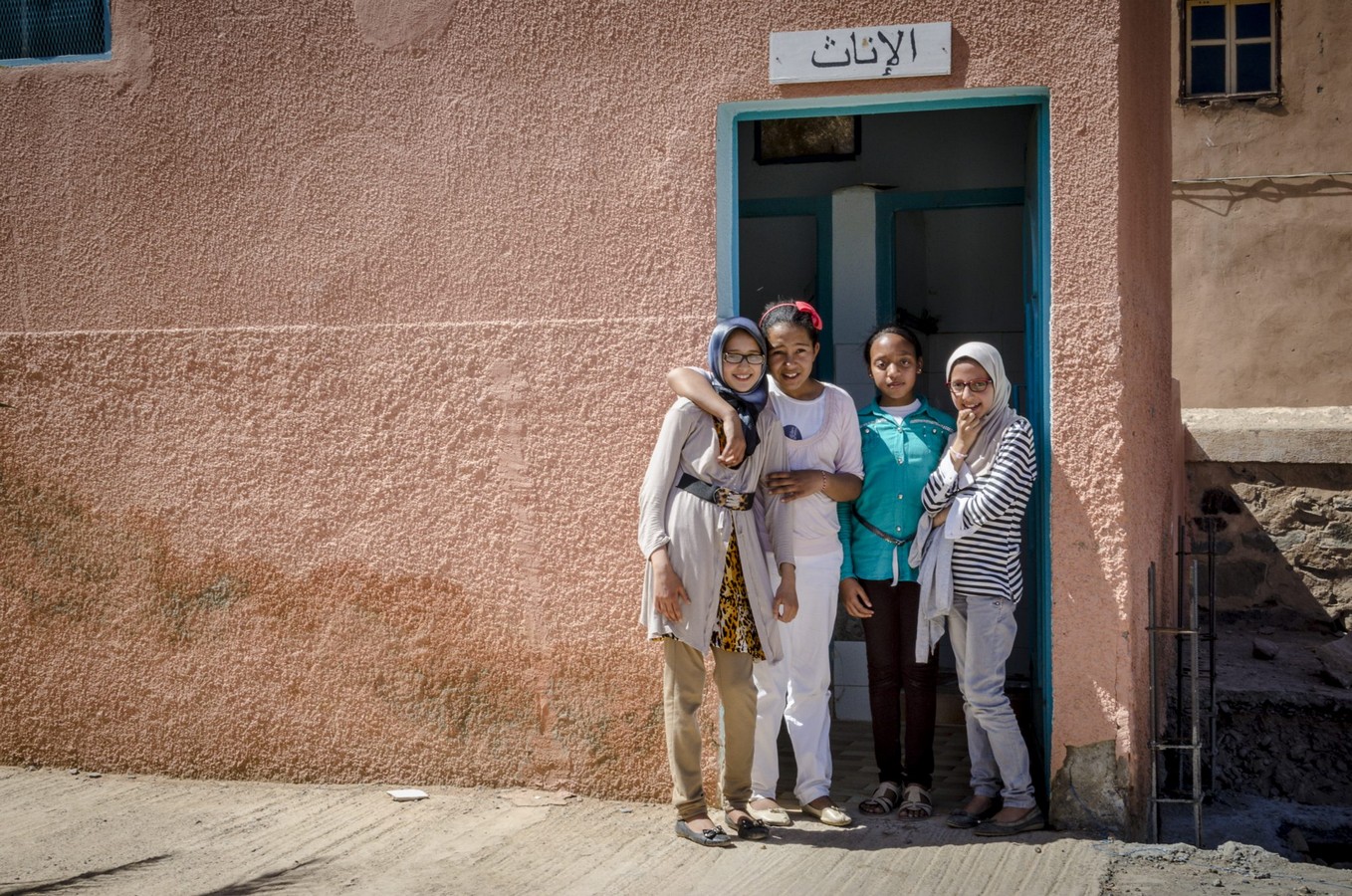
The schools where we’ve helped with sanitation and hygiene have become a second home for their students. © Carlos Garriga
Children of the Refugee Camps: The Best Example
We have learned much from the 240,000 beneficiaries of these projects. One of the most inspiring lessons is the transformation that hygiene access brings to schoolchildren in refugee camps. In the Rwamwanja camp in Uganda, over 90,000 refugees are fleeing violence in the Democratic Republic of Congo. Most are women and children living in 20-square-meter huts made of canvas, wood, and mud. They receive food from humanitarian aid, and water is collected from supply points in the camp, which rarely meets the WHO minimum of 20 litres per person per day. The lack of sanitation and hygiene is a constant struggle.
Almost half of the refugees are school-aged, and the schools offer much more than education: they provide welcome, safety, and care. Last year, we succeeded in securing clean water and hygiene for the students and their families through solar pumps.
The most positive result of this project is that camp schools have become centres for spreading a hygiene culture essential for families’ health and dignity. Children learn to maintain and use the simple latrines and handwashing stations, and sanitation improves, offering a glimmer of hope for rebuilding displaced lives.
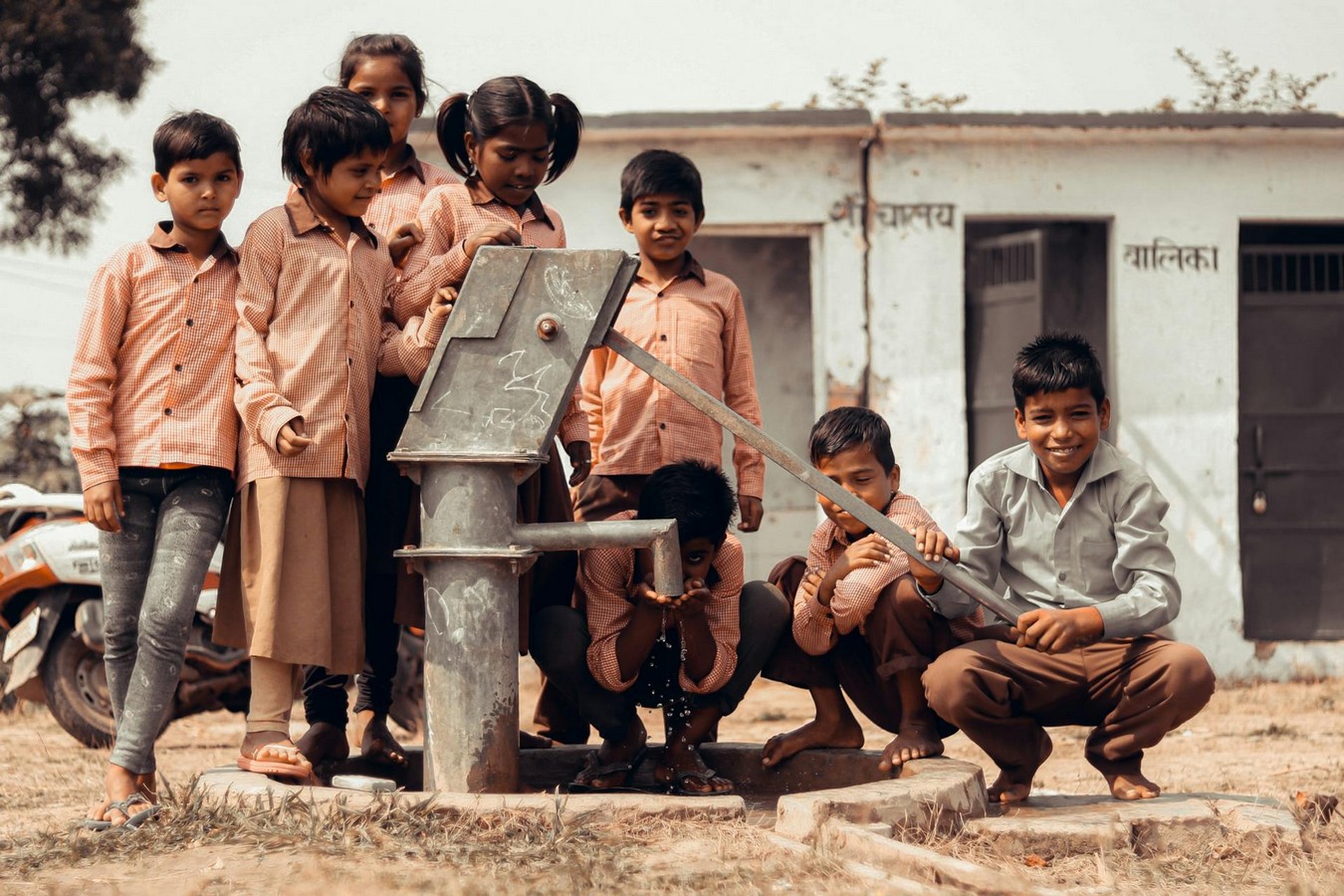
In the world’s neediest areas, the vast majority of school-aged children lack running water and toilets at home, and open defecation is common. For them, school is more than a place to learn. © pexels-ritesh-arya
Health and Dignity for Indigenous Communities
In December, we will complete a project to bring sanitation and hygiene education to the Irular, an indigenous group in southern India. The Irular live in extreme poverty and suffer from neglect. Open defecation and lack of hygiene knowledge make them highly vulnerable to diarrheal diseases, intestinal worm infections, and polio. The project emphasizes what can be the seed for the community’s future development: the anganwadis, government-managed centres for early childhood care and development, which often have deficient facilities for the Irular.
Here, the improved anganwadis, equipped with toilets and handwashing stations, lead the fight against open defecation. The 475 children under age 15 who have been educated on hygiene are the best guarantee for the sustainability of the facilities we’ve provided to their homes.
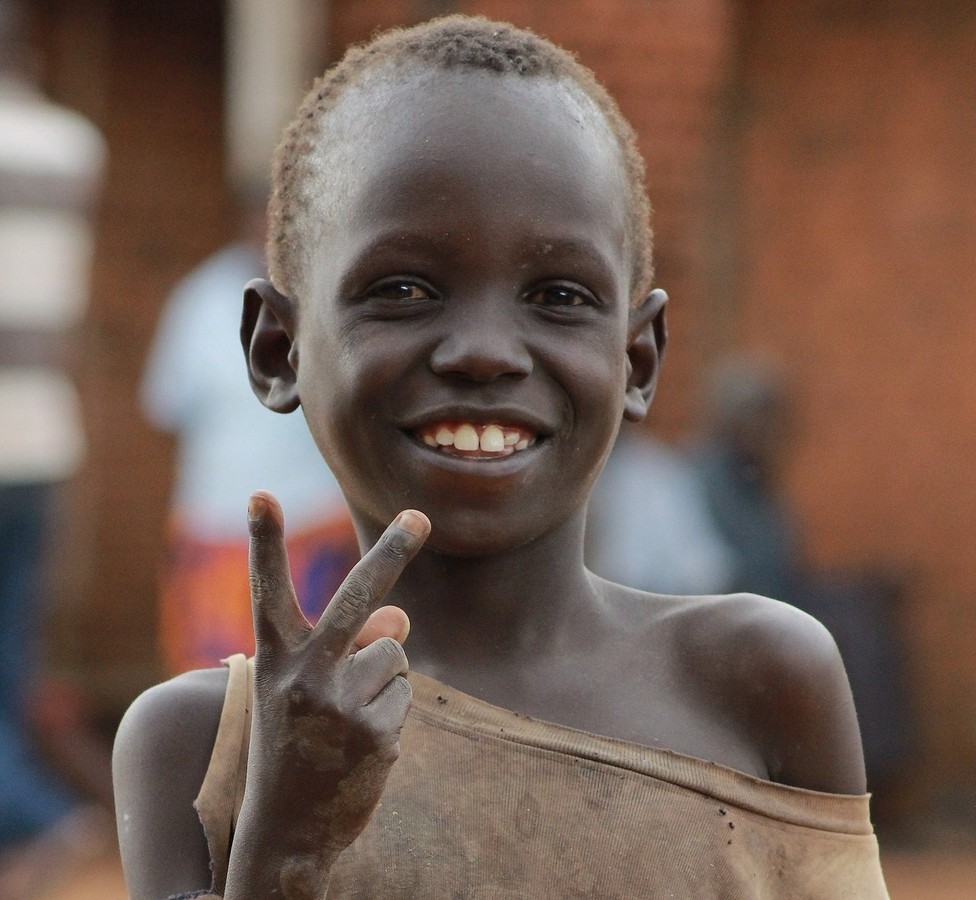
One of the most inspiring lessons is the transformation that hygiene access brings to schoolchildren in refugee camps. In the Rwamwanja camp in Uganda, over 90,000 refugees are fleeing violence in the Democratic Republic of Congo. Most are women and children living in 20-square-meter huts made of canvas, wood, and mud ©Rogie Magada_pixabay
What Should School Sanitation Facilities Be Like?
To answer this question, we cannot reference economically developed countries’ educational centres. In the words of Carlos Garriga, director of the We Are Water Foundation, “The context of the communities where we collaborate means neglect, poverty, difficult access to water, and a complete absence of sewage systems. School buildings are precarious, so interventions are often based on constructing latrines to dispose of waste safely, with gender-segregated spaces and handwashing stations attached for hygiene.”
An essential aspect of making these facilities the foundation of a new hygiene culture is their adaptation to the needs of menstruating girls. Our recently completed project in Malawi provides a model. Beyond clean water and safe latrines, schoolgirls need dedicated facilities with incinerators (devices for secure, eco-friendly disposal of menstrual products like sanitary pads) and areas to wash and dry personal items. They also need supplies, teacher training, and cultural change among boys, parents, and the community to eliminate menstruation taboos.
The Facilities Belong to the Students
In anticipation of World Toilet Day, which is celebrated each year on November 19, it is worth remembering that success of these projects is rooted in students’ and teachers’ ownership of the facilities. So, total participation must be guaranteed during the design phase. In recent projects in India, establishing the School Management Committee and Children’s Cabinet has been crucial to sustainable facility use and necessary behavioural changes in hygiene practices.
Student members of the Children’s Cabinet actively participate in all project initiatives, ensuring a student-centred approach, encouraging a sense of responsibility, and fostering leadership roles. This way, the benefits that the toilets provide to their lives become the foundation of a new hygiene culture in their community. Shared responsibility is created, a premise for achieving complete sanitation. This is when the school becomes a model of an inclusive and equitable home.
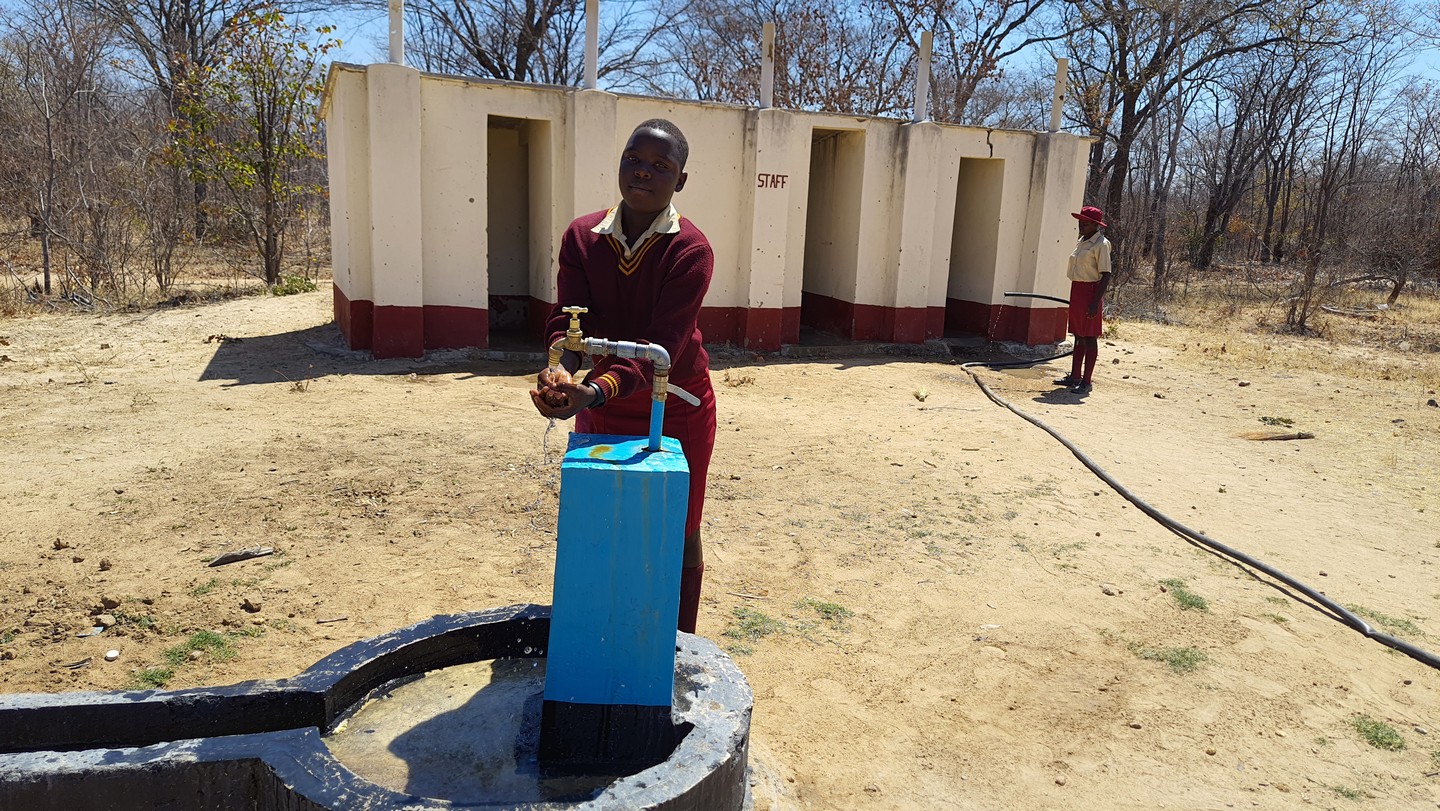
The success of these projects is rooted in students’ and teachers’ ownership of the facilities. © World Vision


